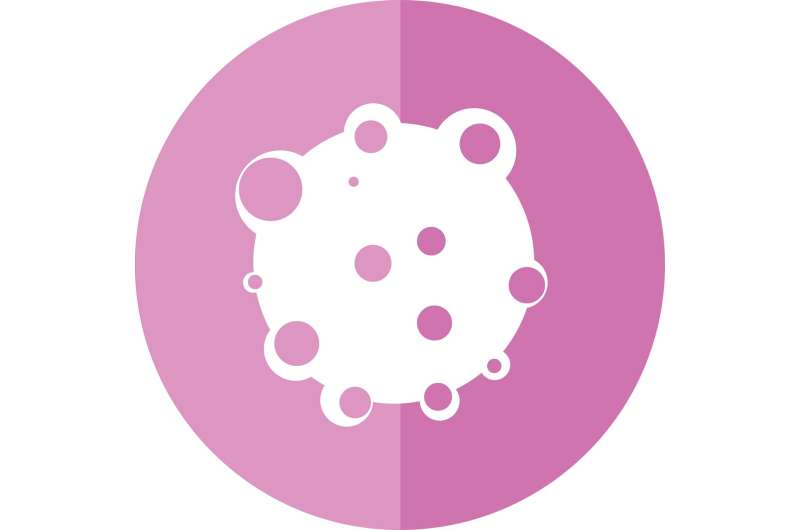
The NRG Oncology clinical trial NRG-RTOG 1010, studying the addition of the drug trastuzumab to chemoradiation and surgery, did not reach its primary goal of improving disease-free survival (DFS) rates for patients with HER2 overexpressing esophageal adenocarcinoma. Despite not reaching its primary aim, this trial demonstrated that trastuzumab did not increase the toxicities of standard treatment within this patient population. Thus, this trial provides the necessary background for future research to explore combining the drug with other HER2-targeting agents in a trimodality or immunotherapy treatment which could be beneficial in this setting. These results were recently published in the The Lancet Oncology.
“A vast number of patients diagnosed with esophageal cancer have recurrent disease after initial treatment with chemoradiation and surgery, which creates a crucial need for an effective treatment to improve survival outcomes while not increasing toxicity for patients to avoid disease recurrence. NRG-RTOG 1010, as far as we know, is the first randomized trial testing the addition of trastuzumab to this trimodality treatment method for this patient population,” stated Howard P. Safran, MD, the Chief of Hematology Oncology at the Lifespan Cancer Institute at Rhode Island, the Director of the Division of Hematology/Oncology and the Medical Director of the Brown University Oncology Group, and the Lead Author of the NRG-RTOG 1010 manuscript.
NRG-RTOG 1010 screened 571 patients for HER2 status, randomized 203 and evaluated 194 HER2-positive esophageal adenocarcinoma patients. HER2-positive status was higher than expected since some patients may have had their HER2 status determined by their physician’s institution prior to being referred to participate in the NRG-RTOG 1010 trial. HER2 status was confirmed by central pathology review.
Trial participants on NRG-RTOG 1010 were stratified by adenopathy and then were randomly assigned to receive paclitaxel, carboplatin and radiotherapy followed by surgery (CXRT) or experimental arm of the trial with the additional drug trastuzumab (CXRT+Trastuzumab). The primary objective of the study was to see if the addition of trastuzumab would improve DFS as defined by the time from the patient being randomly assigned to a trial arm to any of the following events: disease recurrence, discovery of distant metastases or a second primary, or death.
Under the assumption that the median DFS time would be 15 months, it was hypothesized that the addition of trastuzumab on NRG-RTOG 1010 would result in a hazard ratio of 0·60, corresponding to a median DFS of 25 months. Per design, with three years of follow-up, 162 DFS events would trigger the final analysis; however, due to a drop off in events and still having sufficient statistical power to test the primary endpoint hypothesis, the trial was released for reporting by the NRG Data Monitoring Committee. The statistical power for the DFS results reported, with 137 DFS events, is 85%. Of 137 DFS events, 70 events occurred on the CXRT+Trastuzumab treatment arm compared to 67 events on the CXRT alone treatment arm. The estimated 2, 3, and 4-year DFS estimates (95% CI) for the CXRT+Trastuzumab arm were 41.8% (31.8%, 51.7%), 34.3% (24.7%, 43.9%), and 33.2% (23.7%, 42.7%), respectively, and for the CXRT arm were 40.0% (30.0%, 49.9%), 33.4% (23.8%, 43.0%), and 30.1% (20.7%, 39.4%), respectively. The median DFS time (95% CI) was 19·6 months (13.5-26.2) for the CXRT+Trastuzumab arm compared to 14.2 months (10.5-23.0) for the CXRT arm. The p-value from the log-rank test comparing the DFS distributions between treatment arms was 0.97. The hazard ratio (95% CI) comparing the CXRT+Trastuzumab arm to the CXRT arm was 0.99 (0.71, 1.39).
Source: Read Full Article
